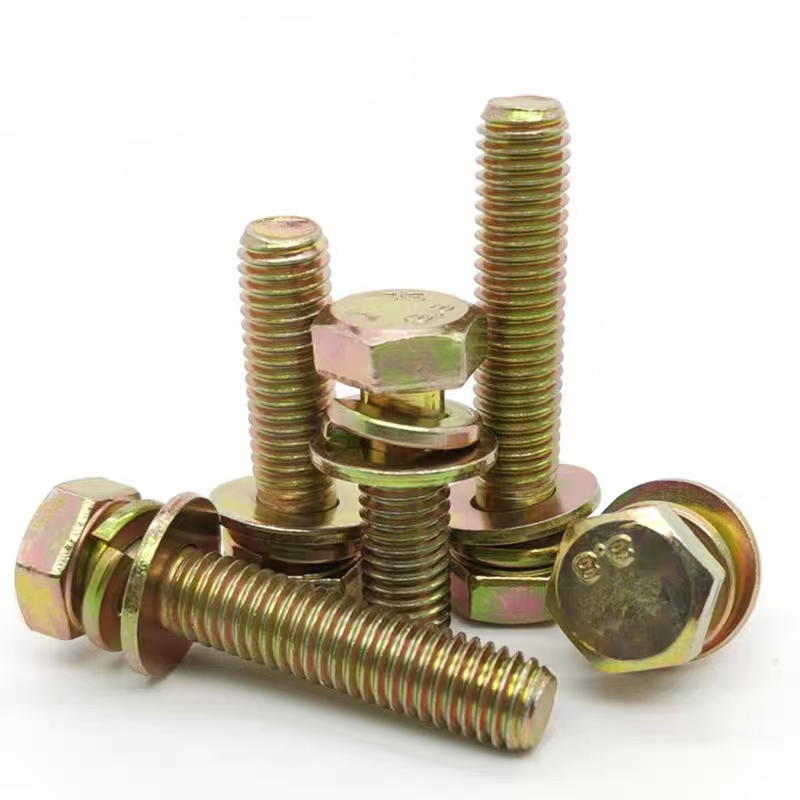- Chinese
- French
- German
- Portuguese
- Spanish
- Russian
- Japanese
- Korean
- Arabic
- Irish
- Greek
- Turkish
- Italian
- Danish
- Romanian
- Indonesian
- Czech
- Afrikaans
- Swedish
- Polish
- Basque
- Catalan
- Esperanto
- Hindi
- Lao
- Albanian
- Amharic
- Armenian
- Azerbaijani
- Belarusian
- Bengali
- Bosnian
- Bulgarian
- Cebuano
- Chichewa
- Corsican
- Croatian
- Dutch
- Estonian
- Filipino
- Finnish
- Frisian
- Galician
- Georgian
- Gujarati
- Haitian
- Hausa
- Hawaiian
- Hebrew
- Hmong
- Hungarian
- Icelandic
- Igbo
- Javanese
- Kannada
- Kazakh
- Khmer
- Kurdish
- Kyrgyz
- Latin
- Latvian
- Lithuanian
- Luxembou..
- Macedonian
- Malagasy
- Malay
- Malayalam
- Maltese
- Maori
- Marathi
- Mongolian
- Burmese
- Nepali
- Norwegian
- Pashto
- Persian
- Punjabi
- Serbian
- Sesotho
- Sinhala
- Slovak
- Slovenian
- Somali
- Samoan
- Scots Gaelic
- Shona
- Sindhi
- Sundanese
- Swahili
- Tajik
- Tamil
- Telugu
- Thai
- Ukrainian
- Urdu
- Uzbek
- Vietnamese
- Welsh
- Xhosa
- Yiddish
- Yoruba
- Zulu
- Kinyarwanda
- Tatar
- Oriya
- Turkmen
- Uyghur

wholesale anchor bolt and expansion bolt
Understanding the World of Wholesale Anchor Bolt and Expansion Bolt
When diving into the complex world of construction fasteners, the role of anchor bolts and expansion bolts cannot be understated. They're essential components, but the subtle differences between them often lead to confusion. Let's explore these two fasteners and uncover common industry insights.
The Basics of Anchor and Expansion Bolts
Starting with anchor bolts, these are primarily used to attach structures or machinery to concrete. In construction, they're your foundational buddies. Yet, I often find people muddling them with expansion bolts. The key difference? Anchor bolts are more about stability and less about adaptability compared to expansion bolts.
Expansion bolts, on the other hand, are the adjustable counterparts ideal for materials like brick or even when embedding into concrete. I've seen high demand in projects that require quick adjustments. These bolts have the mechanical brilliance of expanding upon installation to ensure a snug fit.
Addressing another clarification: while anchor bolts can be pre-set in their environment, expansion bolts can adapt on the spot. The niche use-cases of each should guide purchase decisions, as I've learned from navigating various project requirements.
Common Misconceptions in the Industry
A prevalent misconception is the universal applicability of these bolts. In practice, it's a bit more nuanced. While both serve structural purposes, using the wrong bolt can jeopardize an entire project. I recall a colleague who opted for expansion bolts in a high-vibration setting—a costly mistake that compromised stability.
It’s also interesting to note the debate over load-bearing capabilities. Generally, anchor bolts win in terms of sheer load capacity, however, they lack the self-tightening feature of expansion bolts, which can be invaluable in less predictable settings.
A healthy skepticism towards manufacturer claims is warranted. Not every advertised feature holds true across board, and consulting reliable sources is key. That’s something I emphasize when training new staff at Handan Zitai Fastener Manufacturing Co., Ltd.
Practical Case Studies
In a recent venture with Handan Zitai Fastener Manufacturing Co., Ltd., located in Yongnian District, I witnessed first-hand the geographical advantage we enjoy. Just off the Beijing-Guangzhou Railway, supply chain issues are minimized, ensuring timely delivery of anchor and expansion bolts.
One particular project demanded extensive use of both bolt types underground for metro construction. We chose our routes, carefully considering geological conditions—soft soil favoring expansion bolts while rocky terrains opted for anchor bolts.
This real-world insight enables our team to provide better consultation to clients at various stages. The learning curve taught us that environment and usage context heavily dictate fastener choices, a practice we continue to streamline at our company.
Handling Real-World Installation Challenges
There's no shortage of tales from the field. One memorable memory takes me back to a situation involving misaligned anchor bolts during a winter setup. The chill affected concrete curing times, which then impacted bolt installation. Lessons learned: always account for environmental factors.
Another issue often faced is improper tensioning of expansion bolts. Too tight, and there's a risk of damaging the material, too loose, and the integrity is compromised. Precision and patience go hand in hand here.
Having standardized protocols tailored to distinct weather conditions and material types significantly mitigates installation risks—something we practice rigorously at Handan Zitai. Each scenario demands its own set of checks and balances, reflecting the dynamic nature of construction work.
Technological and Market Trends
One cannot ignore the shift toward sustainable practices in fastener manufacturing. At Handan Zitai, we've been examining our fabrication processes, aiming to reduce the carbon footprint without compromising the resilience and integrity of our anchor bolts.
Market demands are also shaping the development of hybrid fasteners that merge the qualities of both expansion bolts and anchor bolts. Though still in nascent stages, these innovations could radically simplify fastener logistics and inventory management.
Having been actively engaged in several industry forums, one thing is clear: collaboration with engineering teams and manufacturers shapes these evolving demands, fostering a product line truly in tune with practical construction needs.
Related products
Related products
Best selling products
Best selling products-
 Butterfly bolts
Butterfly bolts -
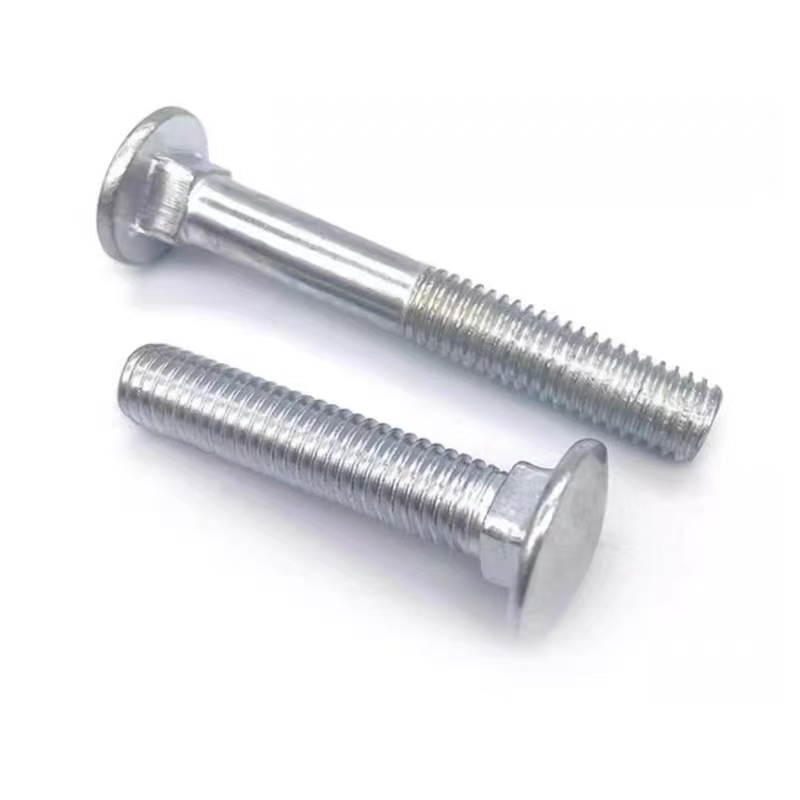 Carriage bolt (half-round head square neck bolt)
Carriage bolt (half-round head square neck bolt) -
 Electroplated galvanized gaskets
Electroplated galvanized gaskets -
 Hexagon socket electrogalvanized bolts
Hexagon socket electrogalvanized bolts -
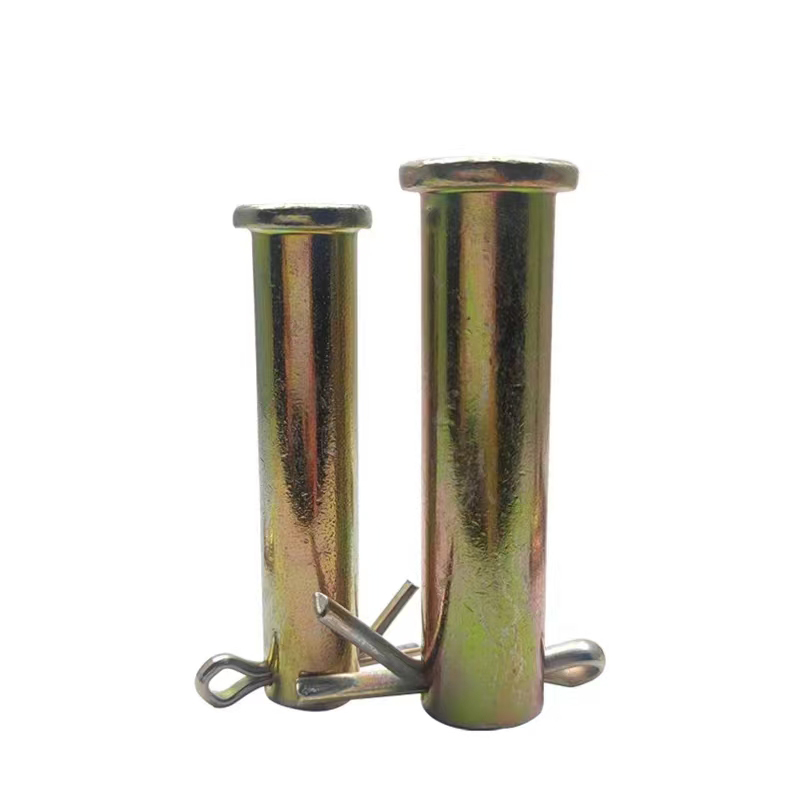 Colored zinc-plated pins
Colored zinc-plated pins -
 Welded plate anchor (welded plate anchor bolt)
Welded plate anchor (welded plate anchor bolt) -
 Black zinc flange bolts
Black zinc flange bolts -
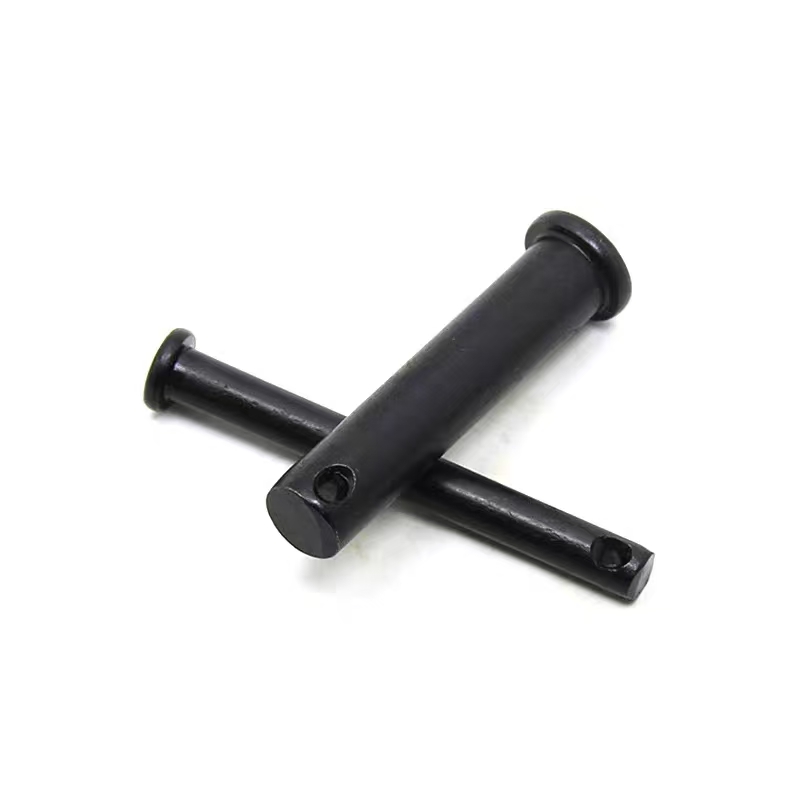 Black zinc plated pin shaft
Black zinc plated pin shaft -
 Electrogalvanized cross countersunk drill thread
Electrogalvanized cross countersunk drill thread -
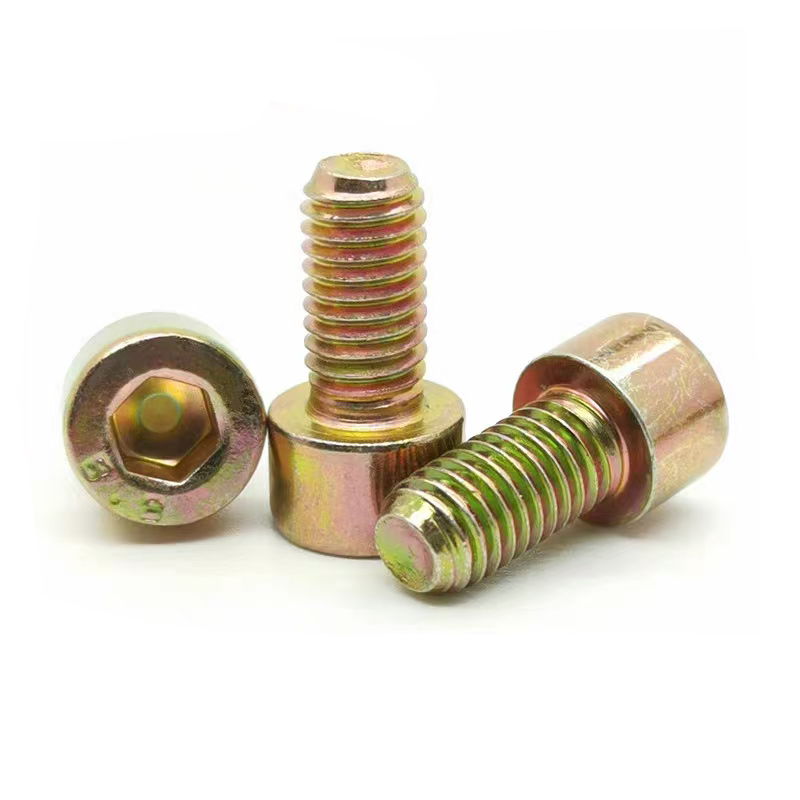 Hexagon socket colored zinc-plated bolts
Hexagon socket colored zinc-plated bolts -
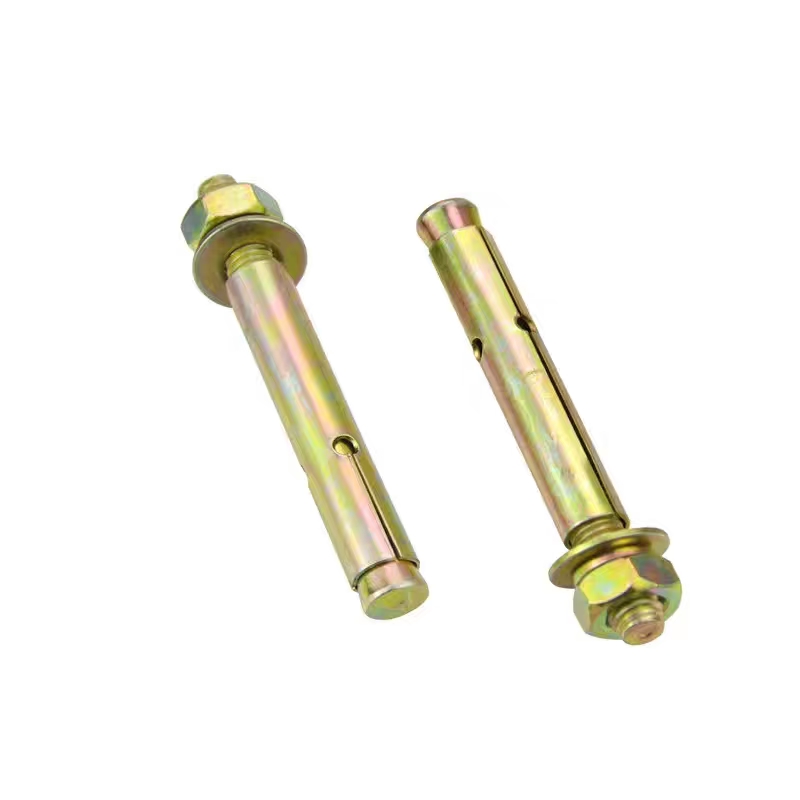 Colored zinc-plated expansion bolts
Colored zinc-plated expansion bolts -
 Colored zinc-plated expansion hook
Colored zinc-plated expansion hook





